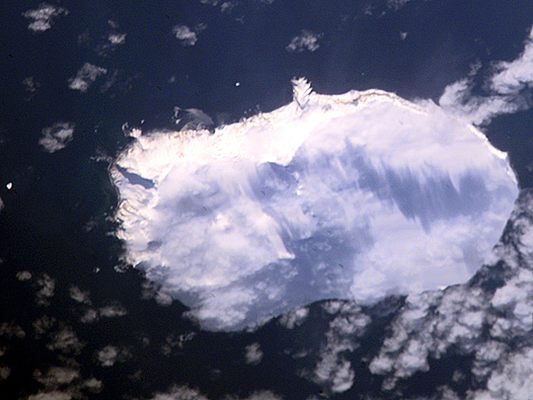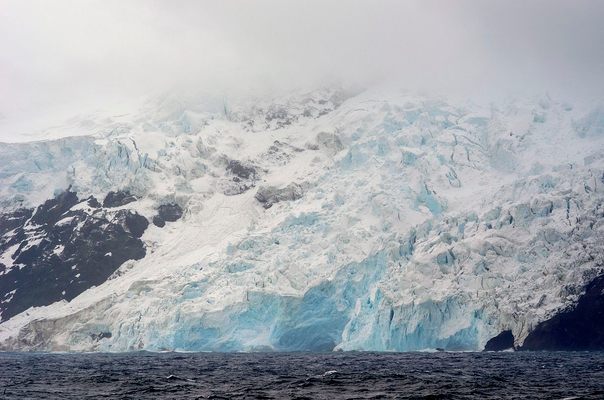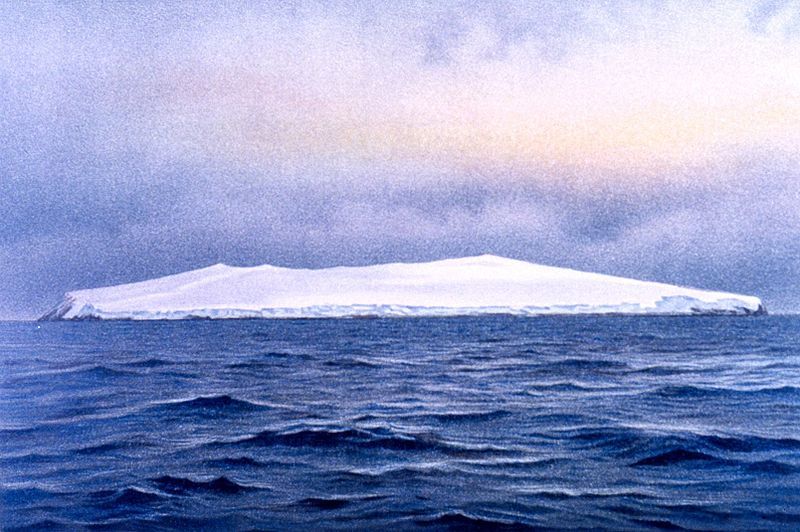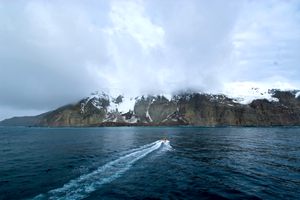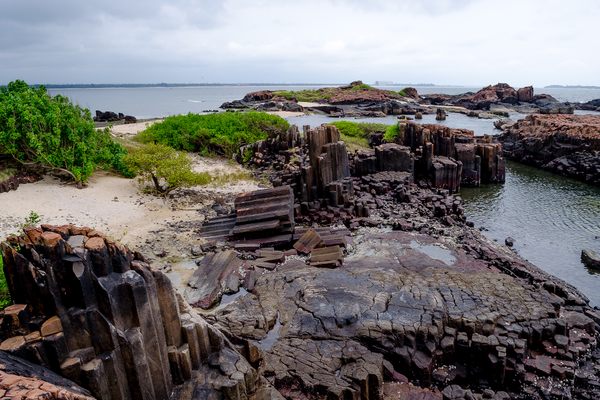About
For a place known as "the loneliest place on earth," a surprising number of people have tried to claim it.
An uninhabited frozen isle halfway between South Africa and Antarctica, Bouvet Island is the most remote island in the world, and as such, perhaps the most remote landmass in the world.
Located 1,404 miles away from the nearest humans—the 271 people who live on the island of Tristan da Cunha, which is incidentally, the most remote inhabited island in the world—Bouvet is not without life, though its vegetation is limited to lichens and mosses, and its only fauna are seals, seabirds, and penguins.
For anyone who does end up near Bouvet, it's still incredibly difficult to actually set foot on the island due to the high glacial cliffs that surround it. The best way to get on the island is to fly a helicopter from the deck of a ship and delicately land on the Bouvet's icy surface. Essentially, Bouvet is an ice-covered, glacier-surrounded, inhospitable lump. Yet it has been an object of national desire, had at least three different names, and is even caught up in a mysterious episode of international intrigue.
In 1964, an abandoned boat was discovered on the island, along with various supplies; however, the boat's passengers were never found. The identity of the travelers is still unknown.
In 1979, a bright flash of light was seen between Bouvet and Prince Edward Islands by the United States' Vela satellite. Known as the Vela Incident, it is now believed that the flash was caused by a secret South African-Israeli joint nuclear bomb detonation, though neither country has officially admitted to such.
The island was discovered by Jean-Baptiste Charles Bouvet de Lozier on January 1, 1739. Its position in the ocean was misstated, however, and it wasn't until 1808 that the island was seen by human eyes again, when it was re-discovered by James Lindsay. Lindsay figured it was a different island and (re-)named it—calling it, no surprise, Lindsay Island. In 1825, whaler Captain Norris found it once again, (re-re-)named it Liverpool Island, and claimed it for the British Crown.
The claim didn't stick, and on December 1, 1927, Norway landed, stayed on the island for a month, and claimed the icy rock for themselves. They renamed it Bouvetøya after the original discoverer. Since then, the island has remained in Norwegian control and is occasionally used by scientific parties for monitoring whale migration.
In 1971, Bouvet Island and its adjacent territorial waters were designated a nature reserve. The island even has its own internet domain ".bv," but as of yet, no .bv sites exist on the internet, as the Norwegian government has decided that the domain will remain unused, for now.
Related Tags
Know Before You Go
Head SSW from the South African coast; this will be the sole landfall before Antarctica.
Community Contributors
Added By
Edited By
Published
May 1, 2010

